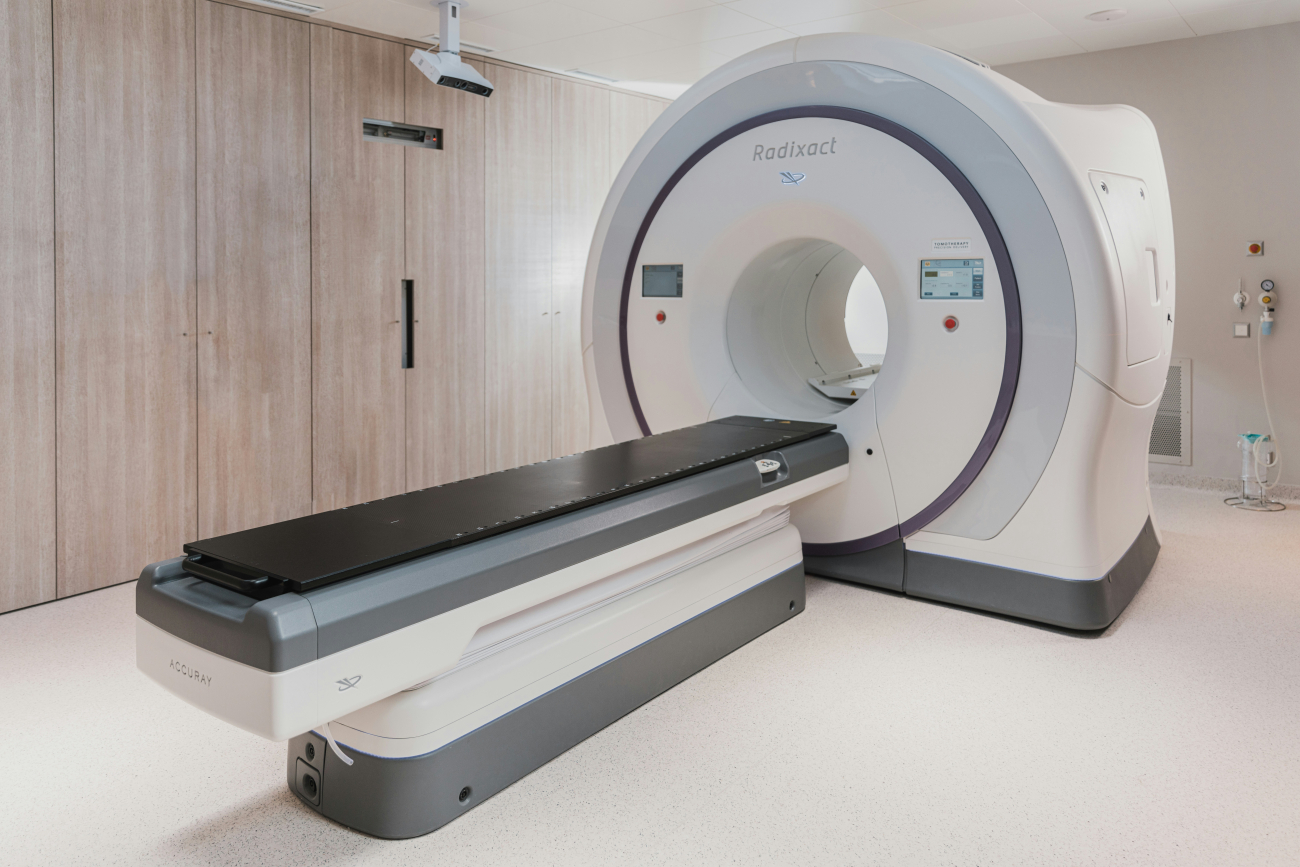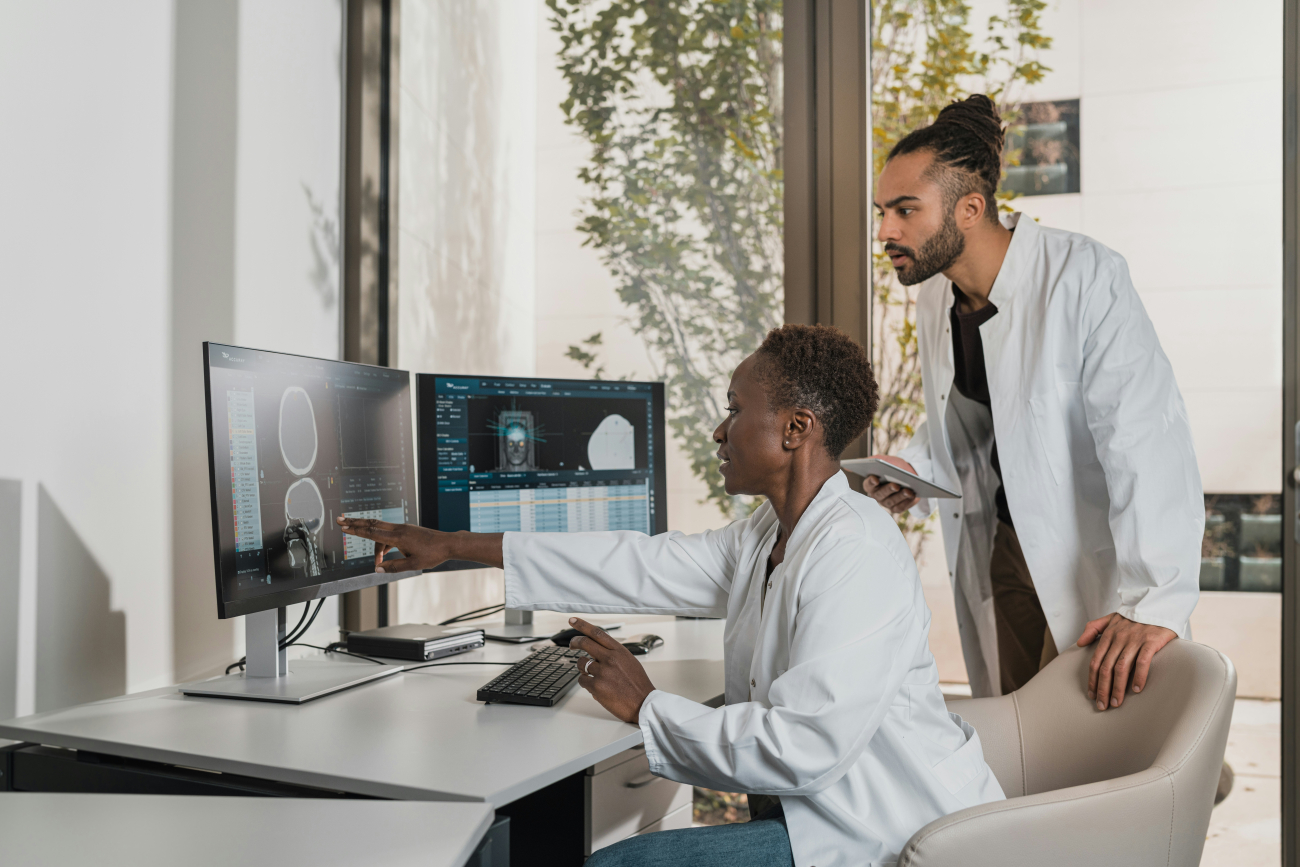

Patentability, the basics: Diagnostic methods, claim carefully
Article 53(c) EPC states that the EPO shall not grant patent protection on diagnostic methods practised on the human or animal body. In contrast to surgical and therapeutic methods, the EPO has a more specific and narrow view of what counts as a diagnostic method. For surgical and therapeutic methods, at least one step in the claim, that constitutes an act or physical activity of a surgical or therapeutic nature, is sufficient to be excluded under Article 53(c); this is not the case for diagnostic methods. To qualify as a diagnostic method and thus be excluded from patentability, a method claim must fulfil two conditions.

First condition to be excluded from patentability
The first condition is that the method claim includes all the following four phases (G 0001/04):
(i) the examination phase, involving the collection of data,
(ii) the comparison of these data with standard values,
(iii) the finding of any significant deviation, i.e. a symptom, during the comparison,
(iv) the attribution of the deviation to a particular clinical picture, i.e. the deductive medical or veterinary decision phase (diagnosis for curative purposes stricto sensu).
At first sight, one might think that this list makes it quite easy to circumvent the Article 53(c) exception: One or more phases can be omitted from the method claim (or application) and that's it! Right? That is partly correct. For example, methods relating to the extraction of information from the body comprise only phase (i) and are not excluded in principle (as long as they do not involve surgical steps, of course...). In this sense, imaging methods (X-ray, MRI), methods to measure blood pressure or other physiological variables are allowed.
In most cases, the removal or omission of features related to phases (iii)-(iv) is not straightforward. The omitted feature(s) could be considered essential either by explicit or implicit description in the application or in the patent. They may also be unambiguously derived from the application as the object of the invention.

For example, in T 0125/02, the identification of an impaired respiratory tract (or lung) function was regarded as representing phase (iv) because it determined the nature of a medical condition intended to identify or uncover a pathology, i.e., the diagnosis. Clarity objections may be raised during examination if features are removed or omitted. The "solution" of including the essential features pertaining to phases (i)-(iv) may automatically exclude the claim from patentability under Article 53(c). We will talk about clarity in a later post.
Second condition to be excluded from patentability
The second condition is that all steps of a technical nature must meet the criterion of being "practised on the human or animal body". This too sounds easily avoidable. One could think of features that are non-technical and/or not practised on the body, but there is a bit of a trap here too. First, preparatory or intermediate steps, e.g., calibration of a device or generating stimuli signals, do not fall into any of the phases (i)-(iv) and are irrelevant for assessing whether a claimed method is a diagnostic method or not. The same applies to the steps related to the processing of the data collected (e.g., in T 1197/02).
Consequently, it does not matter whether these other steps are of a non-technical nature or are not practised on the human body. Secondly, phases (ii)-(iii) are generally non-technical and are not practised on the body, as they are often actions performed by, for example, a computer. The only phase that can be inherently technical is phase (i), which in almost all cases is necessarily "practised on the human or animal body" and can mean anything that requires a body to perform a method step. Thus, the second condition is almost inescapable. Since in most cases only steps relating to phase (i) are inherently technical. Inventive step is likely to be based more on the methods of obtaining information from the body and less on the diagnostic procedure. Therefore, one of the biggest challenges in claiming methods related to diagnosis is to demonstrate inventiveness and not to circumvent the patentability exception under Article 53(c).
How to properly protect inventions related to diagnostics?
Once again, Article 53(c) refers to method claims, not apparatus claims. Therefore, the first recommendation is, as in surgical and therapeutic methods, to focus on claiming apparatus rather than methods. If the invention is indeed based on a method, special care should be taken when (1) choosing the object of the invention, (2) providing support for the assessment of inventive step, and (3) selecting the steps to enable the invention such to minimally rely on the diagnostic phases (i)-(iv).

